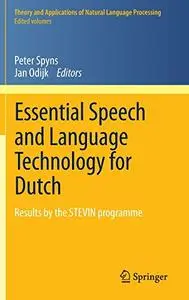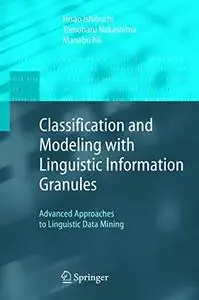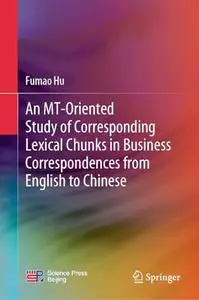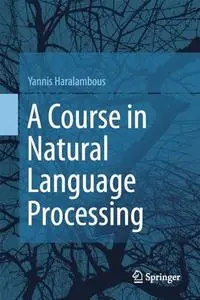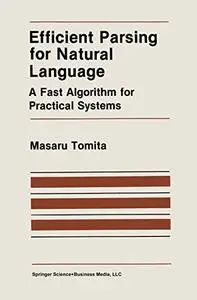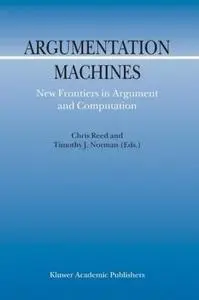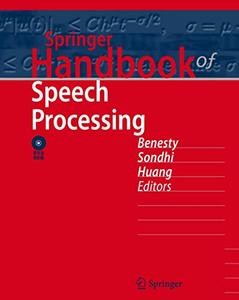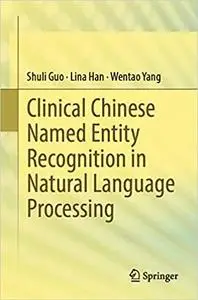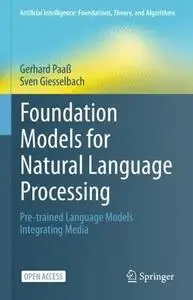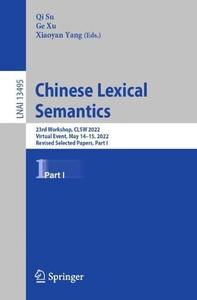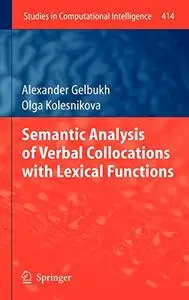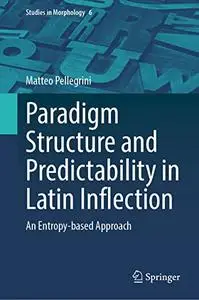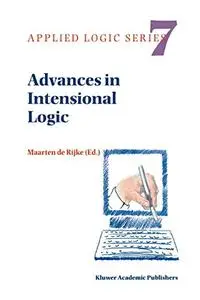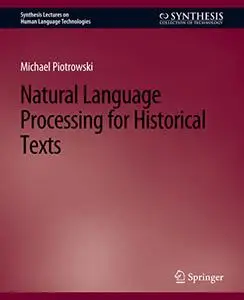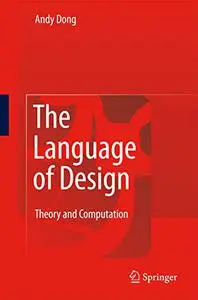Essential Speech and Language Technology for Dutch: Results by the STEVIN-programme by Peter Spyns, Jan Odijk
English | PDF EPUB (True) | 2013 | 414 Pages | ISBN : 3642309097 | 19.1 MB
The book provides an overview of more than a decade of joint R&D efforts in the Low Countries on HLT for Dutch. It not only presents the state of the art of HLT for Dutch in the areas covered, but, even more importantly, a description of the resources (data and tools) for Dutch that have been created are now available for both academia and industry worldwide.



